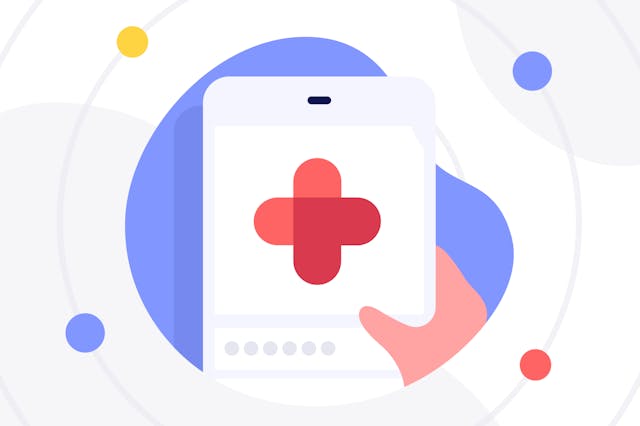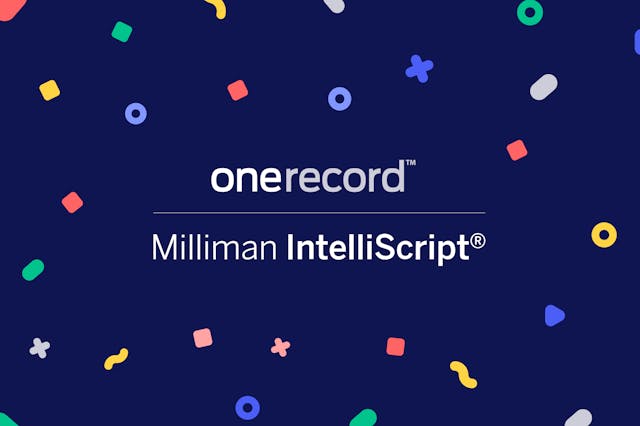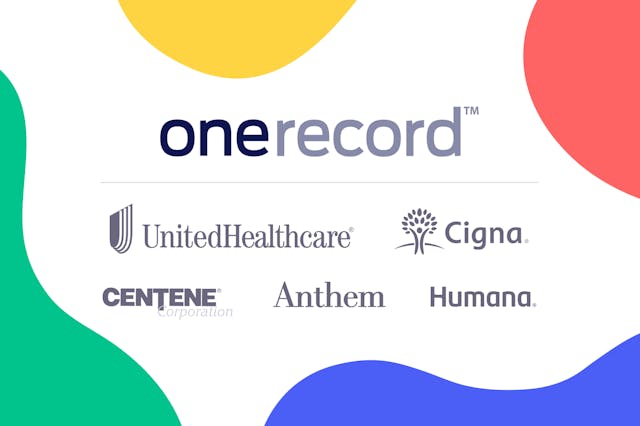
What Will the Standard for Medical Record Apps Look Like in the Future?

Just ask us here at OneRecord—there’s a lot that goes into designing a digital medical records app! Aside from the actual building and coding that goes on behind the scenes, we need to consider many other aspects such as the user interface, graphics, and accessibility. Not the least of the challenges many healthcare app designers face involves the interoperability of their creation with the many electronic health record (EHR) systems on the market. Read on to learn how recent innovations are standardizing these apps to bring medical record access to more people than ever before!
What Is FHIR and SMART?
If either of these acronyms are unfamiliar to you, then don’t worry! FHIR, or “Fast Healthcare Interoperability Resources,” was created as a coding standard when it comes to developers working on new healthcare applications. Doubling as an application programming interface (API), FHIR dictates how an EHR should store health data and the format for saving that information. With many EHR vendors utilizing this same method, third-party health applications (like Apple Health or OneRecord) are able to interact with that medical data without worrying about the differences in coding structure between different electronic health records.
SMART, on the other hand, stands for “Substitutable Medical Applications and Reusable Technologies.” While FHIR strives to make health data look the same across most EHRs so health applications can gain access, SMART is responsible for launching those programs within the EHRs and maintaining the security of the information being shared. In essence, SMART is what allows third-party health apps to exchange data from FHIR interfaces in the first place. These two sets of standards often work together, so companies will often describe their applications as “SMART on FHIR,” meaning their product was designed around these rulesets.
How Do These Standards Influence Healthcare’s Future?
The creation of FHIR and SMART are prime examples of the interoperability push spurred by the HITECH Act, which focuses on making healthcare technology able to communicate more effectively and simply with providers and patients alike. As technology becomes more involved in the healthcare system, upholding a standard for developers to follow means a greater number of compatible EHRs for health apps to talk to…and less headaches along the way!
For instance, the well-known Apple Health App currently has plans to introduce a new feature which allows patients to select specific health data recorded by their device and opt to share it with their doctor. A provider can then check on that data whenever necessary to keep up to date on that patient’s daily health and improve the monitoring picture. But this integration was made much more feasible because the Apple Health App was originally designed around FHIR and SMART. That means new features like this are easily compatible with most EHRs already out there—no need to tailor the code to specific vendors!
With more apps being developed under these mutual conditions, healthcare will gradually become more accessible to all users and providers across the digital landscape. In the future, the hurdles caused by compatibility issues between applications and EHRs might disappear altogether!
The Innovation Continues With OneRecord
Keeping the user experience at the forefront of our mission, our team designed the OneRecord app around FHIR and SMART from the get-go, which allows it to work alongside numerous EHRs already in use by your providers and clinics. Accessing your own health information should never be a hassle, which is why the OneRecord app can also be used across multiple smart device brands and platforms, unlike the Apple Health App. Take advantage of healthcare innovation and get all your medical records in one place today!


